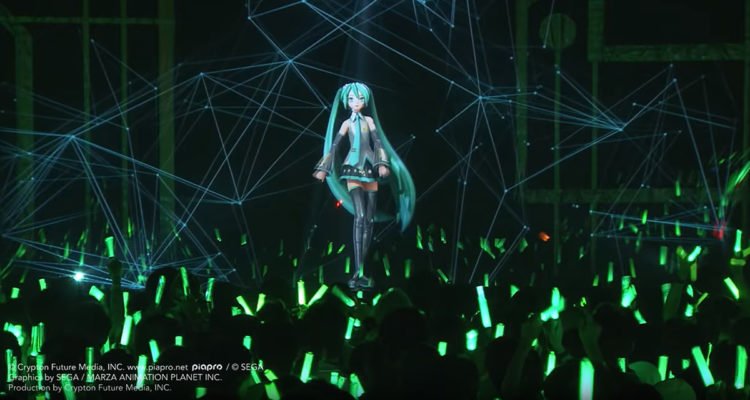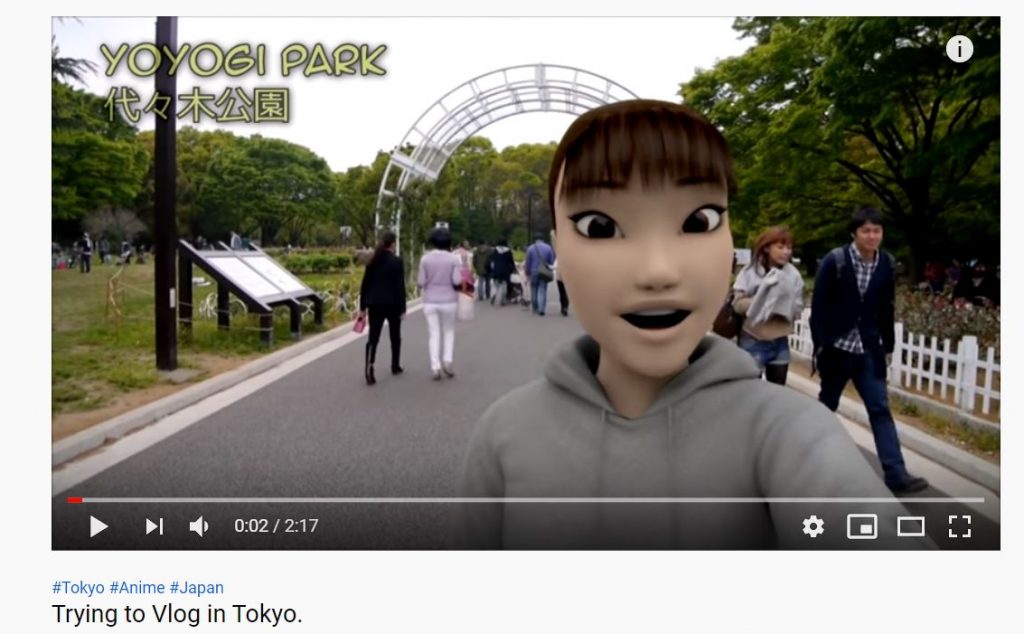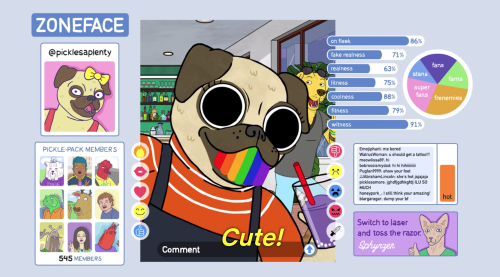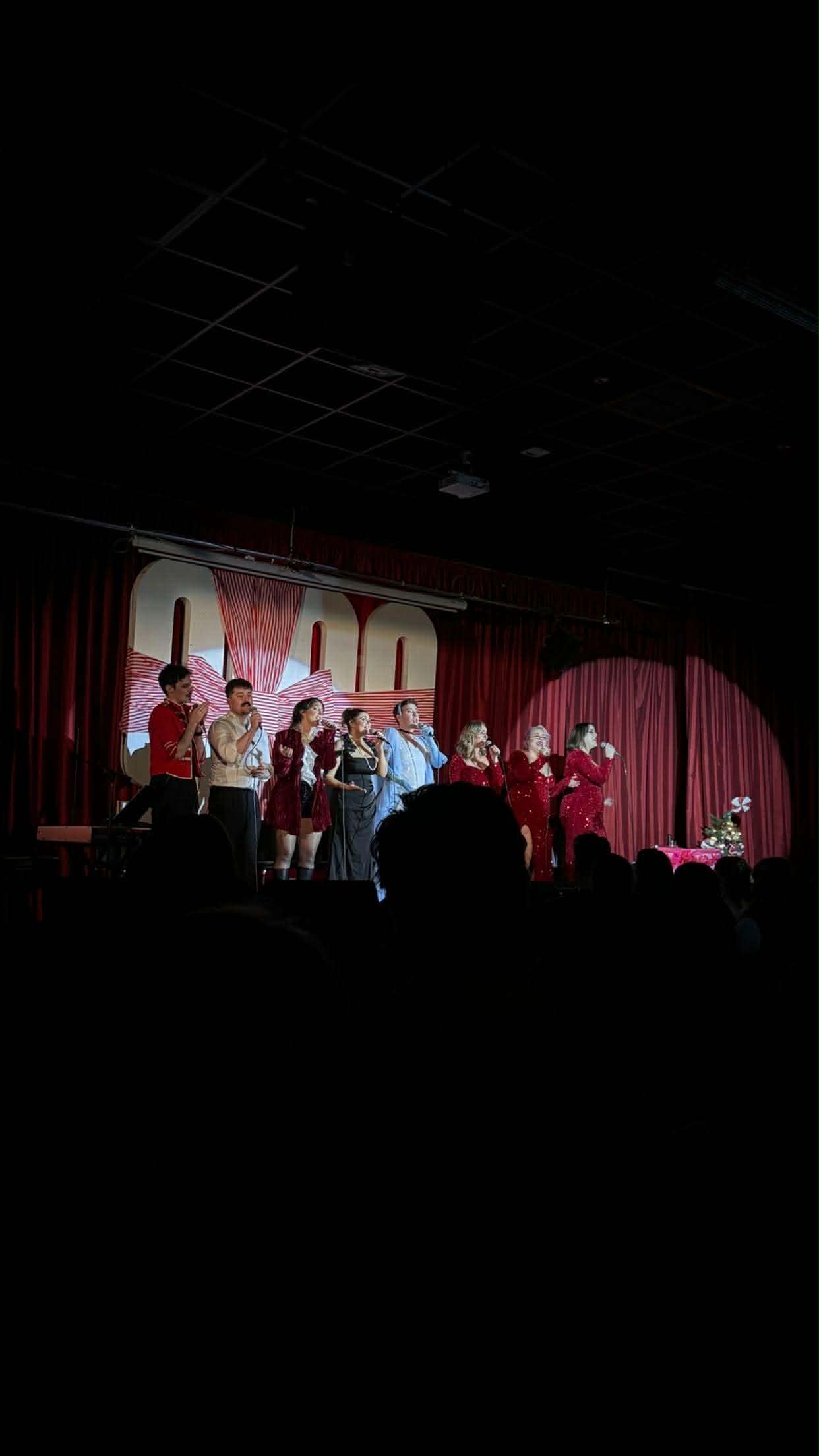By Laura Dazon
It sounds like it’s straight out of Black Mirror: Virtual YouTubers ÔÇô or ‘Vtubers’ ÔÇô are your typical “like and subscribe” influencers, except for one thing: they’re not real.
They display human characteristics, they vlog and crack jokes, but their existence is entirely artificial. If the typical appeal of YouTubers is their sincerity and authenticity, why have so many viewers flocked to fiction?
Automation or Creation

Many intrinsically human things can be automated with data and algorithms, even comedy. But this recipe doesn’t apply to Virtual Youtubers. Despite so many incorporating the term, Vtubers are not AI. Behind channels like Kizuna AI or Ami Yamato are teams of creative artists. A few minutes of video requires the joint effort of writers, producers, animators, voice actors, and video editors. It also involves the use of manual technologies like motion capture, face tracking software, and CGI.
Artificial Authenticity or Genuine Falseness?

You should not strive to watch VTubers for their authenticity, because it is not the medium’s intent. However, you might find Virtual YouTubers to be a great tool for anthropological studies. After all, these AIs are meant to mimic real people – whether or not influencers exhibit natural behaviours is another debate. As, VTuber Ami Yamato goes on to say, not without wit: “Nobody is real on YouTube. Everyone is a persona of their true self.” VTubers’ channels are melting-pots of online trends and digital habits, drawn from an infinite data source: vloggers unending chats and beauty gurus’ sacred makeup tutorials.
After analyzing YouTube’s landscape, VTubers select and reproduce popular content. This results in videos like AI TikTok compilations, AI travelling vlogs, or even virtual Barbie filming a Best Friend Tag ÔÇô yes, Barbie friend-zoned Ken.
You may think the artificiality of the process is detrimental to their charm. But the apparent paint strokes don’t make it less of a piece of art. Knowing that an AI video is the result of so much data mining makes it a fascinating testimony of humankind, and in that, it is artistic.
In short, it is both artificial authenticity, and genuine – artistic – falseness.
Anthropomorphism and Moe anthropomorphism
Vtubers are anthropomorphic entities (from the Greek ├ínthr┼ìpos, ‘man, human being’ and morphß©ù, ‘form, shape.’) Essentially, they are like humans. On top of the YouTube codes and uses, they also perpetuate cultural and societal codes. To understand the virtual YouTubers phenomenon more in-depth, one must look at their origin. Looking up “virtual YouTuber” online, it is easy to notice a pattern. Wonder why so many of them look alike? Cute girls in girly costumes screaming in high-pitched voices and exacerbating kawaii attitudes. Sounds familiar, right? Most Vtubers come from Japan, and they reproduce existing tropes from the Japanese anime culture.

This is called Moe Anthropomorphism. The term Moe has different meanings but generally refers to the feeling of cuteness a character can evoke. This is deeply linked to the Otaku subculture, which very broadly defined is the manga and anime fan community. Vtubers are not contempt with imitating influencers, they go a step further to conform to the expectations set by their anime-counterparts.
It may be troubling for anyone foreign to the Japanese anime culture, but this is an effective recipe. Displaying thousands to millions of subscribers, not only are Japanese AIs extremely popular – and lucrative -, but Japan’s profit from AI anthropomorphic figures goes way back. In 2007 already, the world was witnessing the birth of Hatsune Miku, the ‘voice of the future.’ She is the moe anthropomorphic representation of a Vocaloid software (voice synthesizer software), and has served as a mascot for the brand ever since, her hologram performing sold-out concerts worldwide.

When Virtual flirts with Reality
By stepping on a land that used to be humans (and cats) only, Virtual Youtubers are the virtual elephant in the real room, blurring the lines between the two worlds. Ami Yamato vlogs her travels in real environments, filming people and city landscapes. She interacts with real people, gives a call to fellow YouTuber TomSka and orders coffee over the counter. She even adapts to her environment accordingly when, for example, she is interrupted by passersby while attempting to vlog.

She doesn’t seem to realize that she’s animated, and merely engages with what life has to offer. Like any of us would. You can comment on Vtubers videos, and if you’re lucky you’ll get an answer. But interactions don’t stop here. Many of them also organize Q&As, collaborations with other YouTubers, and even face camera meetings with fans, like this video where a Vtuber sees humans for the first time. It’s fascinating.
So, what’s the appeal?

Throughout this article, I have evoked many elements that push people to actively watch and engage with Virtual Youtubers: technical prowess, curiosity, cultural familiarity or overall fascination. But I’d like to make one last point. I don’t watch Vtubers because I enjoy knowing it’s fake; I enjoy it like I would enjoy a cartoon or an animated show: because I am invited to engage in an entertaining story. It is a natural extension of this form of art.
For a kid nowadays, I know that watching a Barbie movie wouldn’t be any different from watching a Barbie vlog. The only distinction being that this time, Barbie will be talking directly to them. At this point, Barbie has been everything from a doctor to a flight attendant, and it was only a matter of time before she became a Youtuber.
AIs on YouTube are a natural extension of two domains: animation (and every technology it encompasses) and YouTube. Both had to meet at some point. The same way Pickles in an episode of Bojack Horseman will pick up a camera and start vlogging about her day with Mr Peanutbutter, Barbie will tell us about her meditation routine and Kizuna AI will make ASMR. It’s all about creating entertaining narratives. Virtual Youtubers answer this ever-growing desire for new forms of entertainment.


